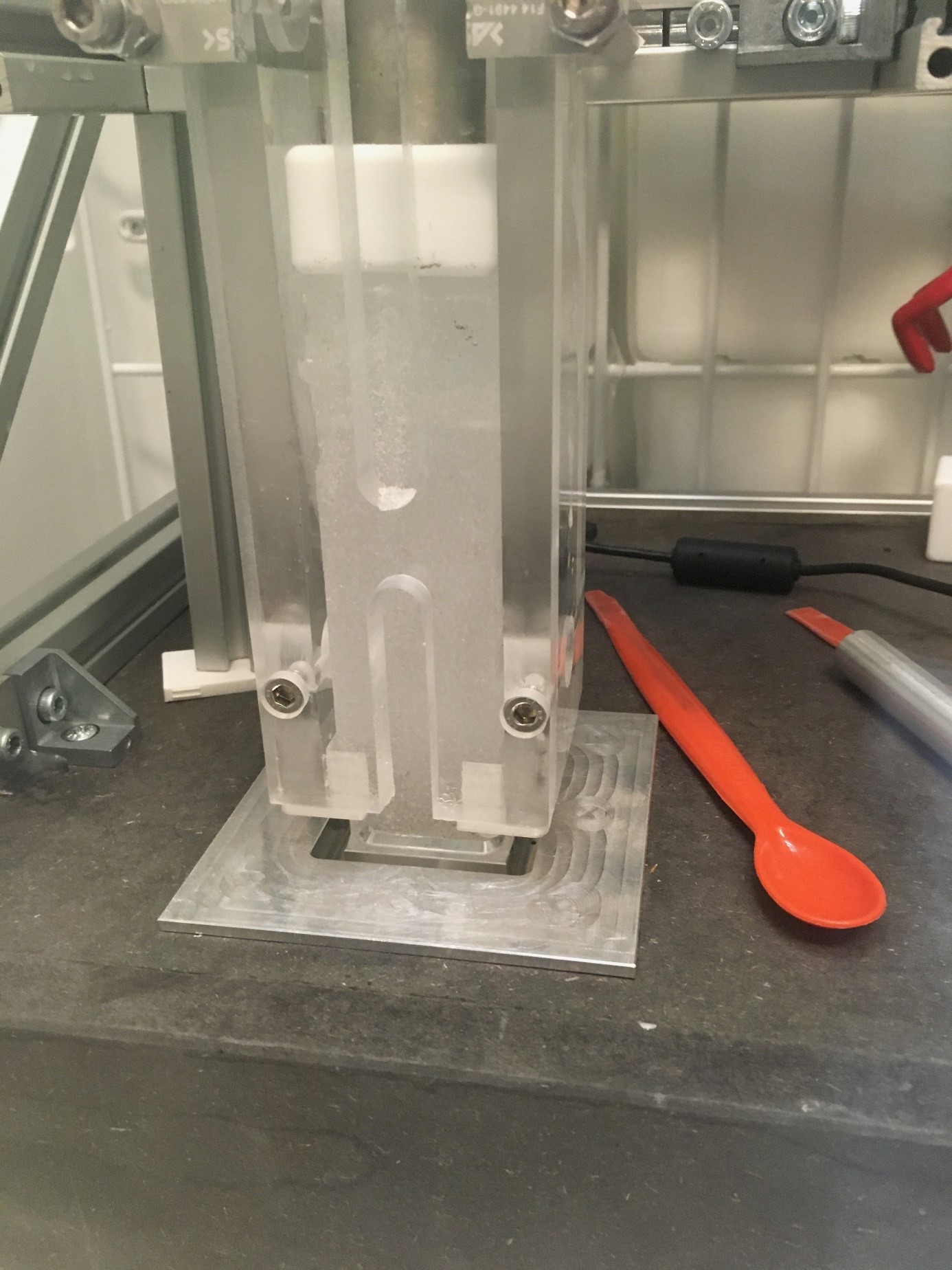History of temperature changes in Greenland

One of the best temperature proxies based entirely on physical processes is variations in nitrogen and argon isotopes in the entrapped air [Kobashi et al., 2015]. Snow falling on top of the Greenland ice sheet is transforming to ice under the weight of successive snowfalls. The fluffy snow structure is becoming an open porous sponge where the gas is finally occluded in small bubbles at about 70m below surface in Greenland. The atmospheric gas composition fractionates in this firn layer due to 1) gravitational settling combined with molecular diffusion and 2) thermal fractionation in the firn layer. Measuring molecules with a constant atmospheric ratio (e.g. nitrogen and argon), it is possible to separate the effects and to reconstruct past surface temperatures.
Our goal in this project is to make the isotope measurements continuously and in parallel to all other gas related measurements, e.g. methane, total air content, or nitrous oxide with the goal of high-resolution temperature reconstructions. The gas is extracted continuously from a melt stick from the EGRIP core. EGRIP is located in NE Greenland (75.63N, 35.99W) on the North East Greenland Ice Stream (NEGIS) the biggest ice stream in Greenland.
